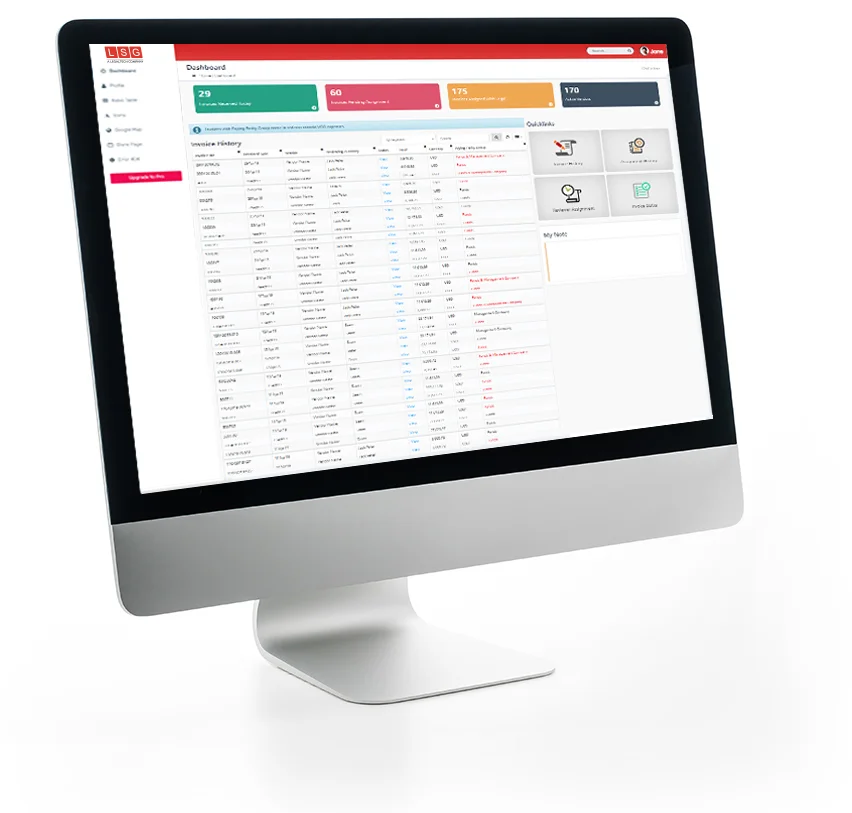Blog
Why Should Insurers Use AI-Based Document Management?
Published by Joakim Hjønnevåg on Dec 22, 2020

Profits in the insurance sector are driven by the acquisition and retention of customers. Modern challenges mean that insurance firms have to contend with a competitors using artificial intelligence (AI) technology to transform the structures of their mid- and back-office operations, which in turn, drives up revenues by ensuring the customer’s experience is top-notch.
InsurTech (insurance technology) is pushing technological boundaries in the insurance industry by introducing software that features data collection and document handling for better office operations. This is similar to the changes FinTech brought about for consumer banking, using cutting-edge technology to provide services customized to the consumer.
The insurance landscape is changing due to technology solutions that promise to change mid- and back-office operations (and thus the customer experience) for the better. These improvements can generate real returns for insurance companies as they drive up profits from customer retention.
The sector has already witnessed the debut of intelligent processes such as Robotic Process Automation (RPA), capable of automating repetitive mid- and back-office functions. This can save insurance companies time and money as it eliminates unnecessary time consuming human-manual tasks.
New technology is popping up that can maximize an insurer’s ability to understand and respond to customer needs, which can increase financial returns. In this article, however, we will focus on mid- and back-office applications of InsurTech that serve to lower cost and increase efficiency for insurance firms around the globe.
Enhancing document management and processing
Some insurance firms still rely on manual document management and information exchange, despite the availability and efficiency of InsurTech.
Real-time document processing is crucial for an insurance firm, especially in the claims litigation process. Automating this process can benefit most firms because of the high level of stakeholder involvement in document processing.
Both Optical Character Recognition (OCR) and RPA technologies, despite having document management capabilities, are typically used to augment an insurer’s existing technology infrastructure. These technologies can also be used to streamline document management during the claims litigation process, as well as during day-to-day operations of the firm.
Insurance firms are inundated with complex documents that are highly varied in nature, especially when it comes to claims litigation processes. Loss notifications, reports, quotes and bills all contain tables of intricate information and flood in from different sources. These massive incoming waves of data are enough to complicate any manual document-handling mechanisms. Luckily, AI-based technology has the capacity to address complex document-handling processes to meet insurance firm requirements.
Challenges for document-handling
In order to understand the challenges to document handling, one must understand the distinct problems of process and processing.
Process refers to the constant stream of events that determines the engagement of customers. Qualitative promptness for customer satisfaction is a primary requirement for document-handling automation. Engagement of customers happens when information from documents is identified and verified. This is usually done from the engagement points – that is, where information originates from.
Processing occurs when documents are found, drafted, identified and categorized. This is then followed by data extraction, verification and entry into the systems. This assists stakeholders in taking decisive actions. These document input methods have previously been digitized to an extent by insurance firms using smart phones and emails that include PDF attachments.
Complications may arise because document processing takes place in the final phase of the customer engagement cycle. Information given by the customers (claims, supporting documents, bills, reports, statements, etc.) are relegated to the end of the acquisition. This operational gap can cause delays in a claims litigation process, especially if an insurance company is using a human-manual paper process.
The delay caused by inefficient document management can result in lost profits, lost customers, and loss of status. This is also the primary reason for a lack of conveyance of pertinent decision making information to customers and other insurance firms. Therefore, it is becoming increasingly important for insurance companies to utilize document management software prior to and during the claims litigation process.
Conclusion
AI-based solutions such as Mercury ELM that include features that improve the management of legal documents can help insurance firms overcome concerns emerging from the progression of document management and handling, especially within claims litigation. The real benefits of automation can only be derived once the extracted data is combined with understanding of the data context. That being said, it is imperative that firms implementing these solutions find one that has data extraction capabilities.
AI has been making rapid developments in the areas of investigating and understanding the right data contexts for the benefit of stakeholders. This will enable insurance firms to increase profits and productivity, and improve their overall claims litigation processes.



